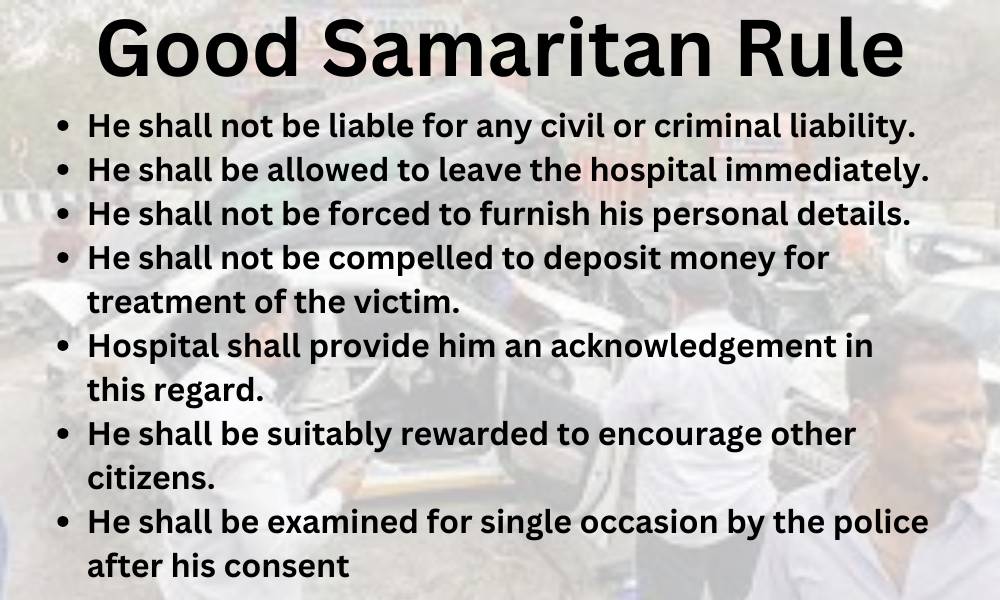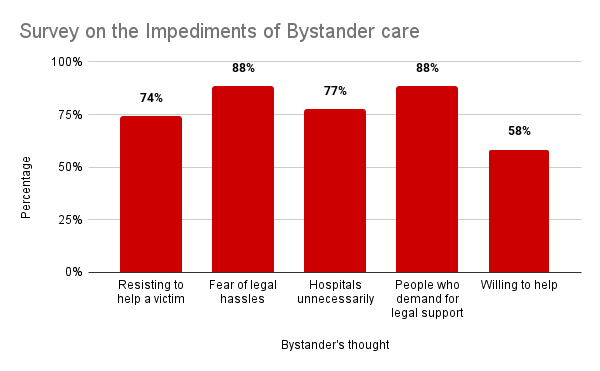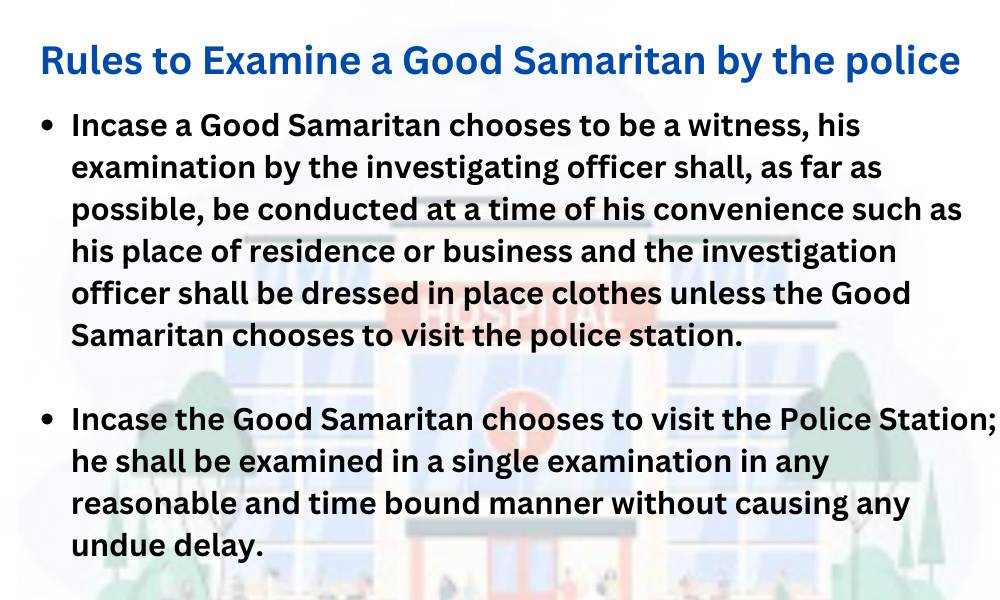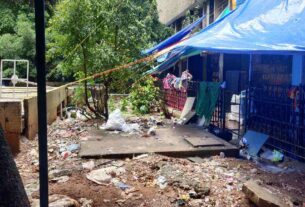Expert suggests that developing apps and portals under the Good Samaritan Law might increase the number of bystanders helping the injured person when an accident occurs.
According to a study by SaveLIFE Foundation, not many people in the country are aware of the Good Samaritan Law which provides legal protection to the person who helps an injured person when an accident occurs. Bystanders are not ready to offer help to the injured person, fearing that their involvement will lead them to trouble. According to the study, , over 70,000 lives can be saved if the bystander helps.
Prerana, a college student said that she is not aware that there is law for protecting Good Samaritans. She said, “I have witnessed people not coming forward to help the injured person in an accident.” She said that she heard people saying that if they offer any help then they have to go to the police station and have to wait in the hospital until the guardian of the injured person arrives.
Jayasri (name changed) said that only a few people are aware of this law and are willing to offer help. The road safety department can create awareness by conducting campaigns, seminars in colleges and spread awareness among the young people.
Asha Aikar, Deputy Director of Karnataka State Road Safety Authority said, “The Supreme Court passed the Good Samaritan judgment in 2016 to save injured people and to ensure protection to the person who helps them.” She said that to create awareness among the public, they have also installed boards that display the rights of Good Samaritans in the hospitals and conducted seminars when the judgment was passed.
She added that to motivate the bystanders to help the injured person in an accident, the government has also announced an award for the Good Samaritans.

Asha said, “More lives can be saved if the bystanders come forward to help and we are also planning to create awareness among the public about the Good Samaritan Law again.”
In 2016, the Supreme Court of India passed the Good Samaritan Law with provided guidelines for legal protection to Good Samaritans. The Good Samaritan guideline says that he/she shall not be liable for any civil or criminal liability. The law also mentions that in case a Good Samaritan chooses to be a witness then the investigation will be conducted at the time of his convenience.

The Karnataka government also introduced the Karnataka Good Samaritan and Medical Professional (Protection and Regulation during Emergency Situations) Act, 2016.
A study on Medico-Legal Cases (MLC) by All India Institute of Medical Sciences (AIIMS) states that road injuries are the most common cause of death. A study conducted in 2016 in Karnataka about medico legal cases, reveals that 56.4 percent cases registered under MLC are road traffic accidents.
Data released by the Ministry of Road Transport and Highways shows that number of road accidents in 2022 has increased compared to the previous years. The data also shows the increase in number of fatal deaths.

The SaveLIFE Foundation study, which was conducted after two years of the Supreme Court’s judgment, found that 84 percent people are not aware of the Good Samaritan Law.
Karuna Raina from SaveLIFE Foundation said, “Governments at the Central and State levels must conduct public awareness campaigns with the help of advertisements, posters and informational videos explaining the provisions of the law and encouraging people to act as Good Samaritans.” She added that mobile applications or dedicated hotlines must be established where people can access information about the Good Samaritan Law, report incidents, seek assistance or receive guidance in emergencies.

“By implementing these measures, the government can effectively create awareness about the Good Samaritan Law and empower individuals to take proactive steps to assist those in need without hesitation or fear,” she said.
Anurag from Traffic Reforms and Advocacy Experts (TRAX), a Non-Governmental Organisation (NGO) for road safety said that sometimes there may be chance for a bystander to get harassed by the police officers.
He explained, “The bystander doesn’t want to help because they think that if they help the person injured then the police might suspect them.” He insisted that the road safety department have to develop apps or any portals so that the bystander can register in these apps or portals if there are any accidents.
“Following these kinds of methods will ensure the bystanders that they won’t be in trouble like being investigated by the police or doctors,” Anurag added.




